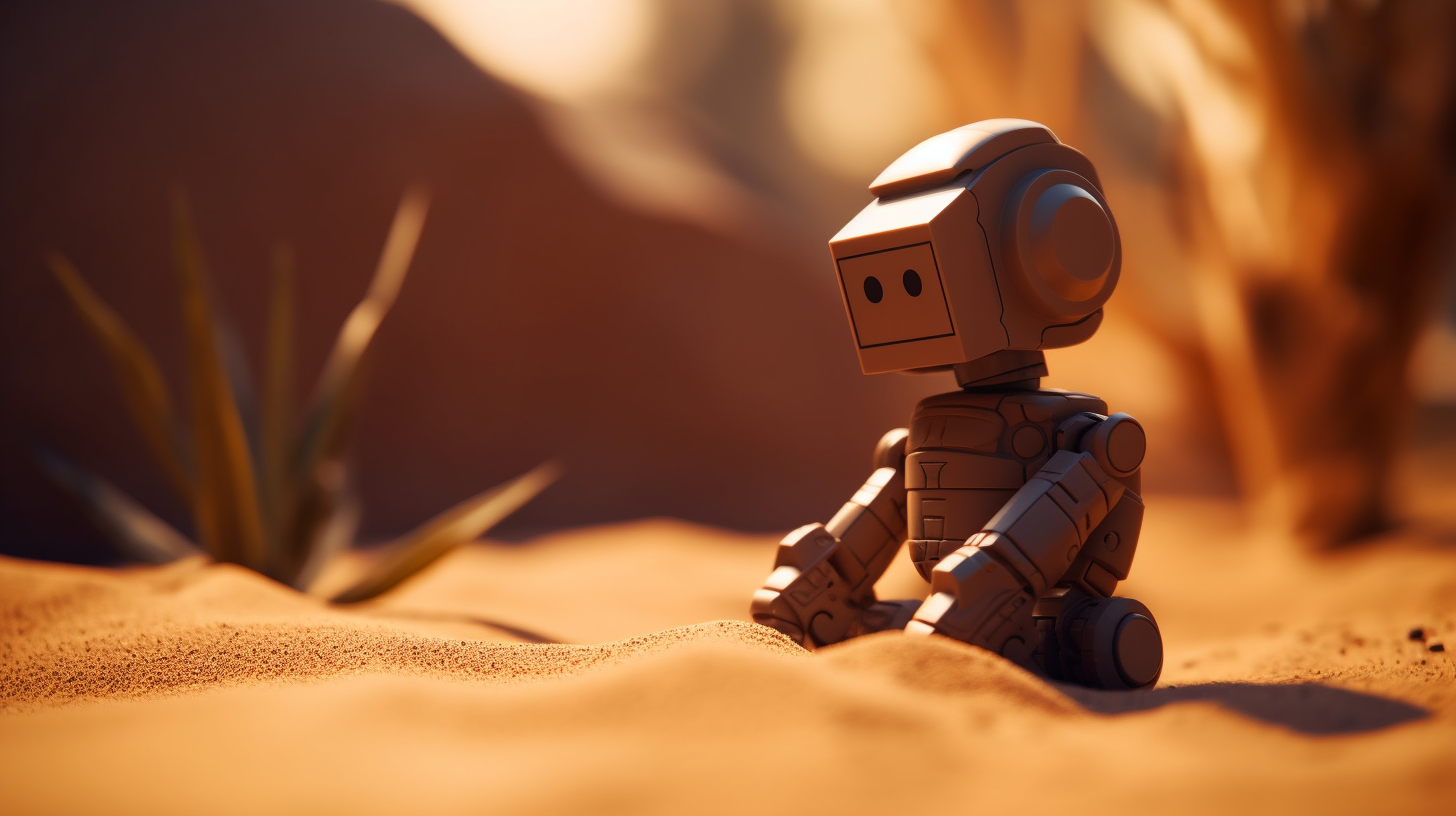 Image credit: Midjourney
Image credit: Midjourney
Can ChatGPT Optimize Your Website’s UX? Let’s Find Out
Using AI to analyze webpages and provide UX recommendations
3 minute read
TL;DR: Nope. Failure to launch. But other tools may provide better results.
Artificial intelligence (AI) is revolutionizing various industries, and the field of user experience (UX) is no exception. As AI-powered tools like ChatGPT become more sophisticated, we can’t help but wonder if they can offer valuable insights to improve our webpages' UX, accessibility, and performance. So, we decided to put ChatGPT to the test and see if it can analyze a webpage’s HTML and CSS code and provide specific recommendations. Let’s dive into our experiment!
The Experiment: ChatGPT Meets Webpage Analysis
To set up our experiment, we uploaded the HTML and CSS code from one of our blog pages to ChatGPT. We then provided the AI with some background information on our goal: to receive specific UX, accessibility, and performance recommendations based on the webpage’s code. With everything in place, we asked ChatGPT to perform the analysis and eagerly awaited its insights.
The Results: Disappointing, But Not Surprising
Results were a non-starter. ChatGPT responded with:
Unfortunately, as an AI text-based model, I cannot directly interact with or analyze HTML and CSS code provided to me. However, I can give you general advice on how to identify and address usability, accessibility, and performance issues in your code.
Disappointing.
For reference, these are the prompts I used:
Prompt #1
Here is some code we’re going to work with in this chat session. It is the source code of a webpage; a blog article aimed at UX research professionals:
[ pasted minified html source for the page http://drewux.com/posts/evolving-productivity-getting-things-done/ ]
Prompt #2
Here is the CSS code for that page. Again, don't do anything with it yet.
[ pasted minified css for the page ]
Prompt #3
Acting as a Senior UX Researcher, analyze the HTML and CSS code of provided and identify any:
- Usability issues
- Accessibility issues
- Performance issues
Please provide specific examples and draw attention to code that might be causing these issues.
Although it couldn’t provide the specific recommendations we were hoping for, ChatGPT did go on to share a list of general best practices for creating webpages. While these tips were informative, they didn’t address the unique aspects of our blog page or offer tailored advice.
The Limits of AI in UX (For Now)
Our experiment with ChatGPT highlights the current limitations of AI in the realm of UX. While ChatGPT and other AI-powered tools are making strides in various fields, they still have a long way to go when it comes to providing specific recommendations for website optimization based on code analysis.
That being said, AI is continually evolving, and we can only imagine the possibilities that lie ahead. For now, it’s essential to rely on user research, expert knowledge, and tried-and-true best practices to enhance your website’s UX, accessibility, and performance. But keep an eye on AI developments, as the future of UX may be shaped by ever-advancing artificial intelligence.
Next up: AutoGPT
My next attempt is going to be employing AutoGTP – an evolution of ChatGTP that can break out of the “sandbox” by accessing the internet and generating agents to perform tasks on its behalf – to perform a similar analysis. It’s been described as “ChatGTP on steroids.” Maybe this will show promise as a UX research tool? Stay tuned…